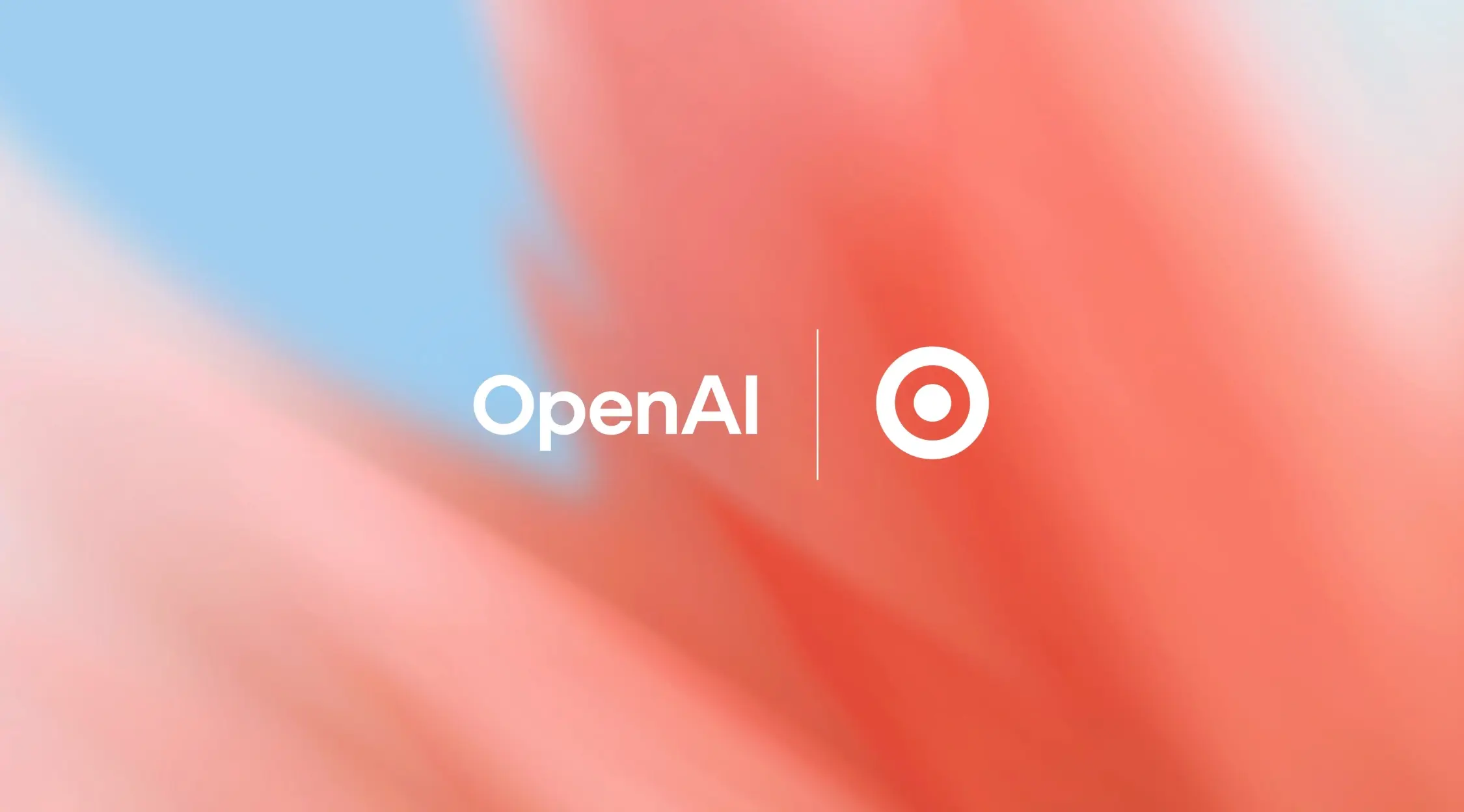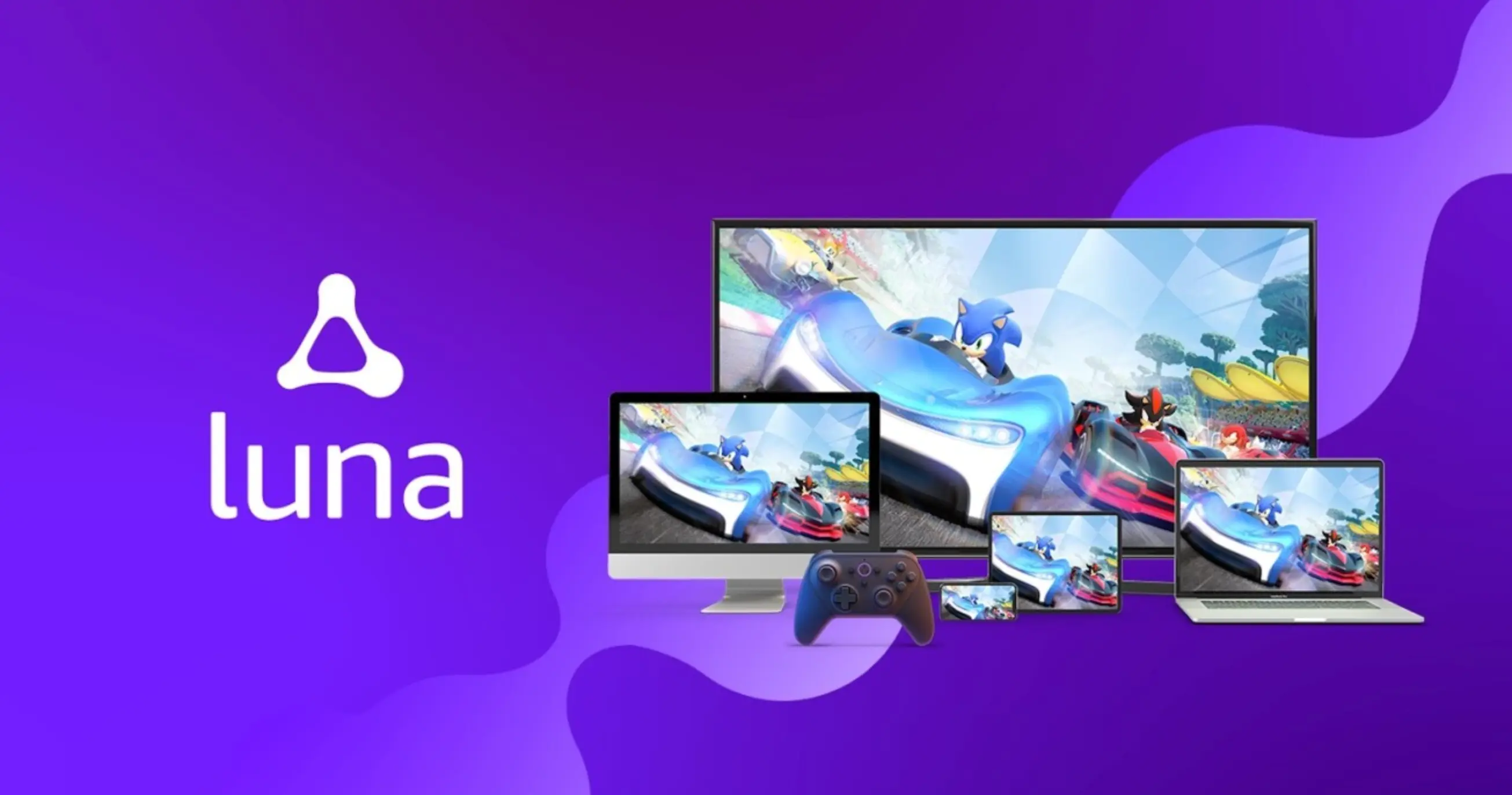Top Advantages of Using a Single Codebase for Android and iOS Apps
Updated on
Published on

As new digital technologies move fast, organizations want mobile apps that can run on Android and iOS without any differences. But it is costly, time-consuming, and wasteful to develop and maintain two applications. That is why companies are turning to cross-platform development — an approach wherein developers develop applications by employing a shared codebase that can run on both platforms.
By using a single codebase, developers code once and execute it on numerous operating systems with no duplication and faster time to market. Technologies like Flutter, React Native, and Xamarin enabled this with uniformity, offering nearly native performance and flexibility.

1. Faster Development and Time-to-Market
One of the biggest advantages of a shared codebase is speed. In the past, companies had to maintain two development teams — one for iOS (Objective-C or Swift) and one for Android (Java or Kotlin). They had to write, test, and maintain two distinct codebases.
With a shared codebase, developers can:
- Write once and deploy on both platforms.
- Avoid being stuck in infinite development loops.
- Do changes and patches at the same time for everyone.
Therefore, businesses can deploy their apps quicker and be quick to react to market changes or customer feedback. This advantage is even more valuable to small start-ups or teams with limited budgets and deadlines.
2. Cost Savings and Easier Maintenance
Having two independent mobile apps means doubling your development and maintenance expenses. There are separate versions of updates, bug-fixture, and testing cycles in each platform.
Having a shared codebase, these costs are lessened exponentially. Rather than having two teams working on the same challenges, one team can share updates for both platforms at once. This is cost-effective:
- Reduced development costs
- Less maintenance work
- Easier project management
This efficiency not only saves money but also consistency — your Android and iOS users experience the same features and performance at the same moment.
3. Same User Experience Across Platforms
Users expect the app's appearance and behavior to remain consistent when they move between Android and iOS devices. Having a second, different app sometimes creates visual or functional inconsistencies.
Sharing a single codebase ensures that the design and performance are the same on each platform. Platforms such as Flutter provide support for widgets that are customizable and appear as native widgets, with the platform's design language being preserved while providing consistency of experience. Consistency is helpful:
- Fostering brand identity stronger
- Fostering user trust and familiarity
- Eliminating confusion caused by variant interfaces
Having a uniform experience on all devices is imperative, especially for those brands that value visual consistency and usability.
4. Rapid Testing and Quality Assurance
Quality assurance (QA) is probably the most labor-intensive aspect of app building. Double testing must be performed with two apps separately — one for each app — so both apps are working properly.
With a unified codebase, QA teams must:
- Test only one version of the app
- Catch bugs earlier
- Automatically implement fixes that touch both platforms
With the solitary strategy, there is better testing optimized, reduced release cycles, and greater assurance overall app stability.
Automated testing tools are also rapidly integrated into cross-platform frameworks, again aiding efficiency.
5. Access to a Greater Talent Pool
It is hard to hire seasoned native iOS and Android developers. Cross-platform technologies like Flutter and React Native have immense and thriving user bases with great support behind them having flawless documentation, open-source libraries, and business forums.
Working with an experienced flutter app development company gives businesses access to professionals who specialize in creating high-performance apps from a single codebase. They understand design, performance, and scalability management — so your app will work just as well on all devices.
They also have existing solutions and solutions learned from past projects that can avoid you from potential pitfalls and reduce development time.
6. Easy Integration and Future Scalability
A single codebase simplifies third-party solution integration such as APIs, analytics services, or payment gateways. Through shared logic, developers code these features once versus twice.
Secondly, as your business expands and user requirements shift, utilizing a single codebase implies updates and expansions are faster. You can easily add new features, add support for new devices, or shift to new technology without having to re-write.
This scalability also keeps your app on par as the mobile world evolves — guaranteeing long-term growth and responsiveness.
7. Simpler Post-Launch Maintenance
Releasing an app is only the beginning. Regular updates, feature additions, and user feedback integration are all the signature of long-term success.
With a unified codebase, post-launch maintenance is significantly simpler:
- Updates and patches are pushed once.
- Android and iOS users are updated simultaneously.
- The chances of version conflict or incompatibilities are reduced.
This single maintenance cycle keeps both versions of your app up to date, reducing the developer burden and delivering a smoother experience to end users.
8. Improved Performance with New Frameworks
Earlier cross-platform solutions lagged behind in performance or offered incomplete access to native functionality. But newer frameworks like Flutter have bridged that gap to a large extent.
Flutter, for example, supports native code compilation natively as well as a high-performance rendering engine. This leads to smooth animations, zero load time, and great responsiveness.
Native APIs and device hardware are accessible to developers at hand without sacrificing performance, and one codebase is not just an exercise in cost-cutting but an exercise in performance too.

Conclusion
The demand for high-quality, fast mobile apps continues to grow — and maintaining two separate native codebases for iOS and Android can drain both budget and time.
A shared codebase offers a smarter approach: faster development, homogeneous experience, cost savings, and eased maintenance. Solutions like Flutter allow the user to get speed, quality, and cross-platform reach without sacrificing anything.
For those organizations seeking to launch feature-packed, high-performance mobile apps on multiple platforms, partnering with an experienced flutter app development company is one of the most effective ways of achieving this goal. Proper guidance and right tools help you future-proof your mobile strategy and stay ahead of the app game.







